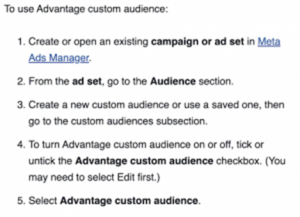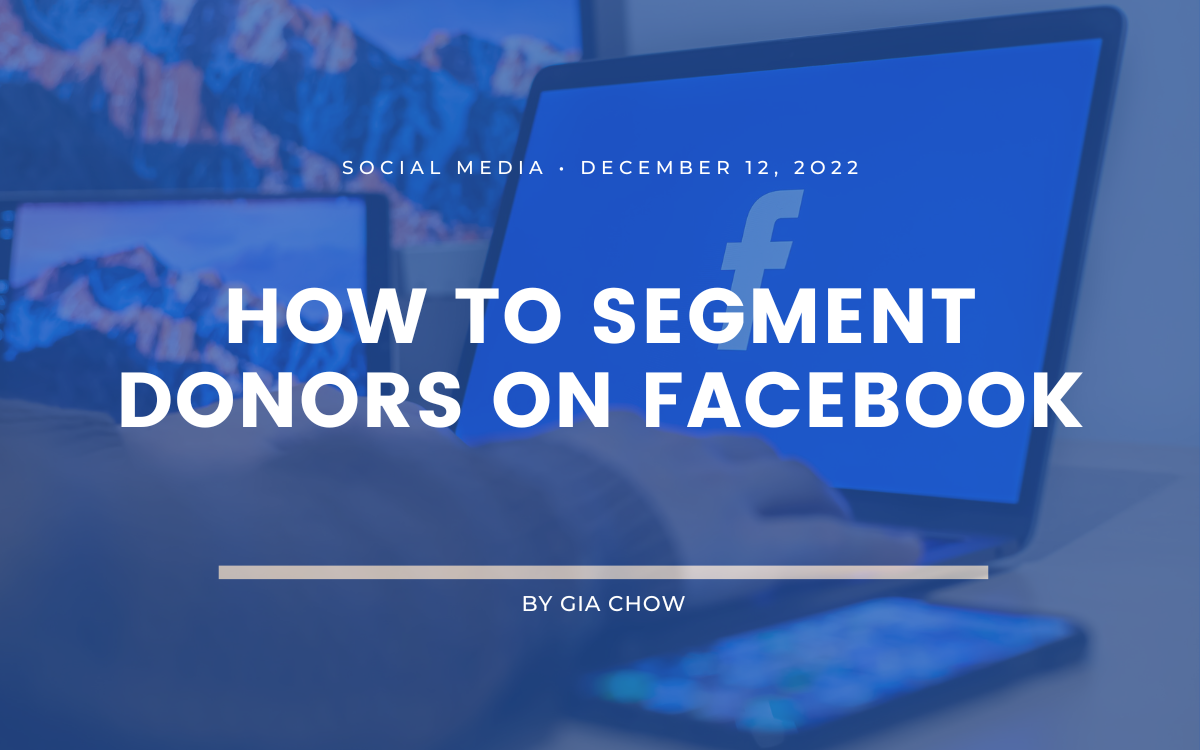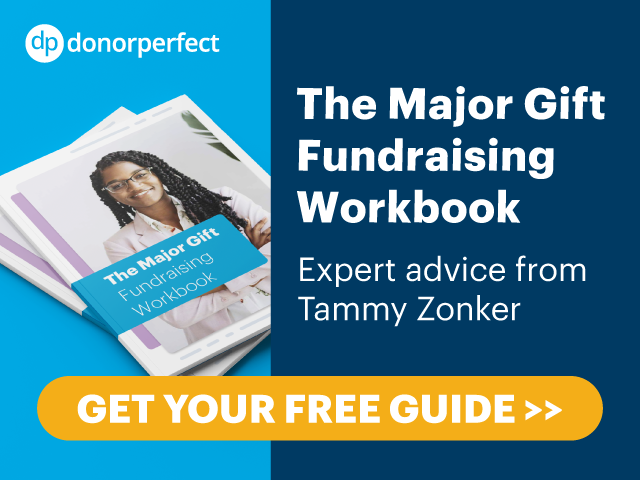How to Segment Donors on Facebook
3.5 min to read ✭ In this Blog, you will learn how to segment donors on Facebook.
When it comes to fundraising, how do you measure success? Is it the volume of donations received? Event attendance? Maybe even the number of donors?
To really optimize your fundraising, you must take a step back and dial in on who and where your donors are, whether they’re new to your organization or have been long-time supporters.
If this sounds like a foreign concept, here’s a quick guide on segmentation and how to segment donors.
Reach Donors Where They Are
To home in on where your donors are at, there’s three things you need to do:
- Craft a good message: Your donors should feel like you’re in their shoes. The best-performing campaigns stand out by having one message that is concrete and specific. Ensure that your campaign messaging is consistent across all channels.
- Segment your audience: Divide your donors into groups based on their behaviors or traits. For example, if someone is new to your mission, you may want to provide a quick introduction to your organization and why you want them to donate. Similarly, you wouldn’t want to send lapse donors’ donation appeals out of the blue. Consider developing proper personas for your audience and focus on delivering timely and relevant messaging.
- Personalize the appeal: Use your existing data to make your appeal sound like it was written just for that individual. An easy way to do this is to avoid being overly generic (“Hi Friend”) and use their preferred name and salutation into your messaging (“Hi Robert”). If they’ve supported a specific initiative or project in the past, consider including that too.
Why Donor Segmentation is Important
Segmentation is personalization at scale. As your donor list grows, it’s not feasible to write an individual appeal to every single person.
If you’re not already segmenting your donors, here are three big reasons why you should:
- Boost engagement – When you throw people into a queue to receive generic communications, it doesn’t show them that they’re appreciated. Segmentation ensures that the content is appropriate and relevant for the targeted group, meaning that recipients will be more likely to engage.
- Drive ROI – When you tailor your messaging based on your audience group and provide them with relevant content that lines up with what matters to them, you’ll see a higher ROI.
- Improves Retention – When people are receiving relevant communications, they’re less likely to disengage.
Segment Donors By Giving Amounts
It’s common to segment donors by giving amounts, but this isn’t always the most personalized approach. The amount someone can give only tells you their giving capacity. However, it doesn’t tell you what they care about (affinity), why they’re donating, and how likely they are to donate (propensity).
Rather than segmenting donors by giving amounts, consider segmenting donors by their:
Involvement
How do supporters engage with you? Are they monthly recurring donors? Do they give annually? Is this their first time making a gift? Do they attend events? Are they regular volunteers?
Understanding your supporters’ involvement is critical for personalizing their giving journey. You don’t want to send a generic “thanks for giving” acknowledgment to a recurring donor without at least recognizing their continued support. Similarly, sending a volunteer update email to people who’ve never volunteered wouldn’t make sense.
Interests
Are there certain aspects of your mission that appeals to your donor? Are they interested in volunteer opportunities?
When you personalize communications with relevant activities and opportunities suited to their interests, it’s much easier to get someone’s attention.
Intent
Why does the supporter engage with you? What brought them to your organization? What is the good they’re hoping to do in the world? Are they looking to re-engage with your organization after a period of disengagement?
Someone who participated in your cancer research group may have a different intent than a person who lost a family member to cancer. A supporter who adopted their pet from your shelter has a different connection than a neighborhood animal lover. When you can speak directly to the donor’s intent, you make their journey more personally meaningful and satisfying.
How to Segment Donors On Facebook
With almost 3 billion active users daily, Facebook has a large and varied audience. While not everyone fits your donor persona, you can use Facebook Custom Audiences to segment your donors. Here, we’ll show you how to segment donors using an imported customer list.
Step 1: Head To Facebook Manager
Step 2: Click On The Menu Icon and Select Audiences
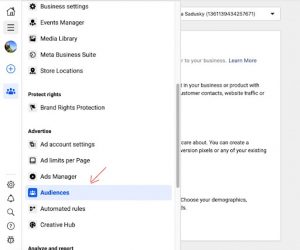
Step 3: Select Create Custom Audience
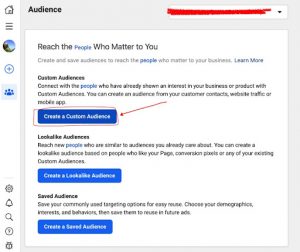
Step 4: Choose An Audience Source
Here, you’ll see a variety of options on where the source of your information comes from. To import from a Customer list, you’ll need to create a CSV or TXT file in advance. Use this Facebook guide to best format your spreadsheet.
Once you’ve uploaded your customer list, you’ll name your list and review for any errors. Once you’ve reviewed your list, select Upload & Create.
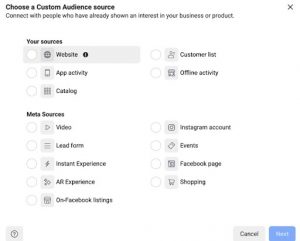
Tip: To help you reach more donors, Facebook has introduced Advantage Custom Audience. This feature uses automation and machine learning to dynamically deliver ads beyond the original targeted audience if the platform believes it will improve ad performance. When creating a new campaign, Advantage Custom Audience will automatically be turned on for all your campaign objectives.
